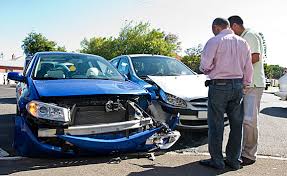 Walking into a body shop without a handle on how to read a repair estimate can be pretty daunting. We want you to know exactly what’s involved in the repair process, so we’ve compiled a few common elements of repair estimates to build your knowledge — before you step into a body shop.
Walking into a body shop without a handle on how to read a repair estimate can be pretty daunting. We want you to know exactly what’s involved in the repair process, so we’ve compiled a few common elements of repair estimates to build your knowledge — before you step into a body shop.
How Estimates Are Determined
An estimate is just that — an estimate of the cost involved to safely repair your vehicle to pre-accident condition. Repair estimates vary depending on several factors including labor rates, parts prices and the amount of time necessary to perform certain repairs, but the main elements are the initial estimate, the supplemental estimate and an agreed price.
The Initial Estimate
Your claims representative will prepare an initial repair estimate so the repairs can begin. Your claims rep also can help you understand your choices to repair your vehicle. You have a choice in how you want your vehicle repaired: You can choose your own repair shop.
The Supplemental Estimate
If the body shop you choose discovers additional damage when repairing your vehicle, your claims representative will “reinspect” the vehicle. Re-inspection is not unusual — a vehicle involved in a crash may have damaged parts that are not visible when the initial estimate is written but become visible once the repairs begin. At this point, the claims representative and the body shop representative review the damage to your vehicle together and make appropriate revisions to include all damaged parts that are found.
Agreed Price
Claims representatives write estimates based on parts and labor costs associated with the repair. If the body shop’s estimate is higher or lower, your claim’s representative will discuss this difference with the shop, and they will agree on a price for repairs. Your claims representative will keep you informed of the repairs every step of the way.
